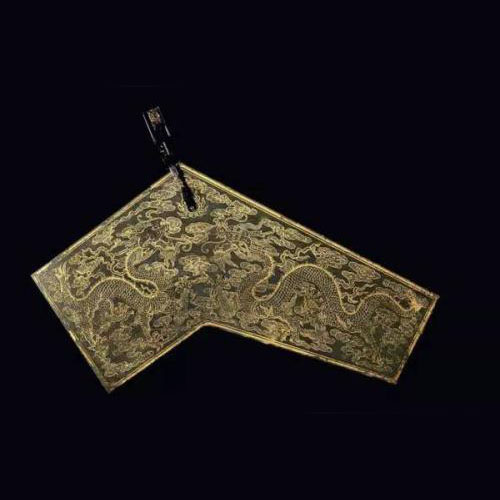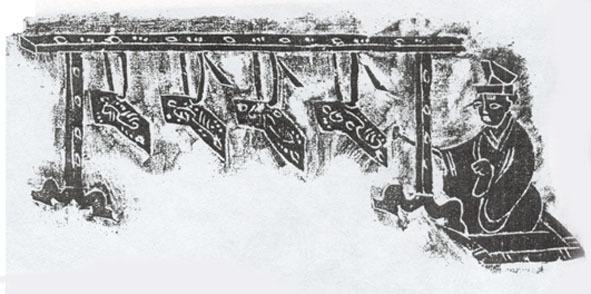The development history of chime
"Lv's Spring and Autumn Period: Ancient Music Chapter" contains: Yao ordered Kui to strike the chime "to resemble God" and "to dance to a hundred beasts", depicting a scene of music and dance life in an ancient primitive society. In the 1970s, a large stone chime was unearthed at the Dongxiafeng site in Xia County, Shanxi Province, with a length of 60 cm and a perforation on the upper part. It has been determined that this chime is about 4000 years old and belongs to the remains of the Xia Dynasty. This is the earliest real chime discovered so far.

During the Shang Dynasty, the chime was widely circulated, and it was beautifully made and used by the royal court band. In the spring of 1950, a large stone chime with a tiger pattern was unearthed in the tomb of Wuguan Village, Anyang City, Henan Province. The front is carved with a strong and soft yang pattern line, and a tiger-shaped pattern is carved. Its timbre is melodious and clear, close to copper sound, slightly higher than C1 sharp sound. A single large stone chime is called a special chime; multiple chimes with different pitches are called a braided chime.
In 1935, three stone chimes with inscriptions were unearthed from the Shang Dynasty tomb in the northwest of Houjiazhuang, Anyang City. After testing, their pronunciations were as follows: Yongqi ↑ descending b2, Yongyu c3, Yaoyu ↑ descending e3, and can be played simple. tune. In the "Book of Songs, Shang Song", there is a record of "Fanggu Yuanyuan, Hui hui pipe sound; both peaceful and peaceful, according to the sound of my chime", most of the Shang Shi chimes are scalene triangles with an upper arc and a straight lower.

From the Western Zhou Dynasty to the Warring States Period, the shape of the chime was in the shape of a long sentence on the top and a slight arc on the bottom; after the Han Dynasty, the top and bottom were all in the shape of a long sentence. In 1978, a set of stone chimes from the early Warring States period was unearthed from the tomb of Marquis Yi of Zeng, Suizhou, Hubei Province, with a total of 32 pieces (most of them have been crushed and pulverized, and a total of 9 intact pieces).
on a bronze frame with the dragon's head. These 4 groups of 32 stone chimes are engraved with inscriptions about the rhythm and the sound names of the chimes, which are precious materials for the study of ancient Chinese music and chimes.
 渝公网安备 50010702504639号
渝公网安备 50010702504639号